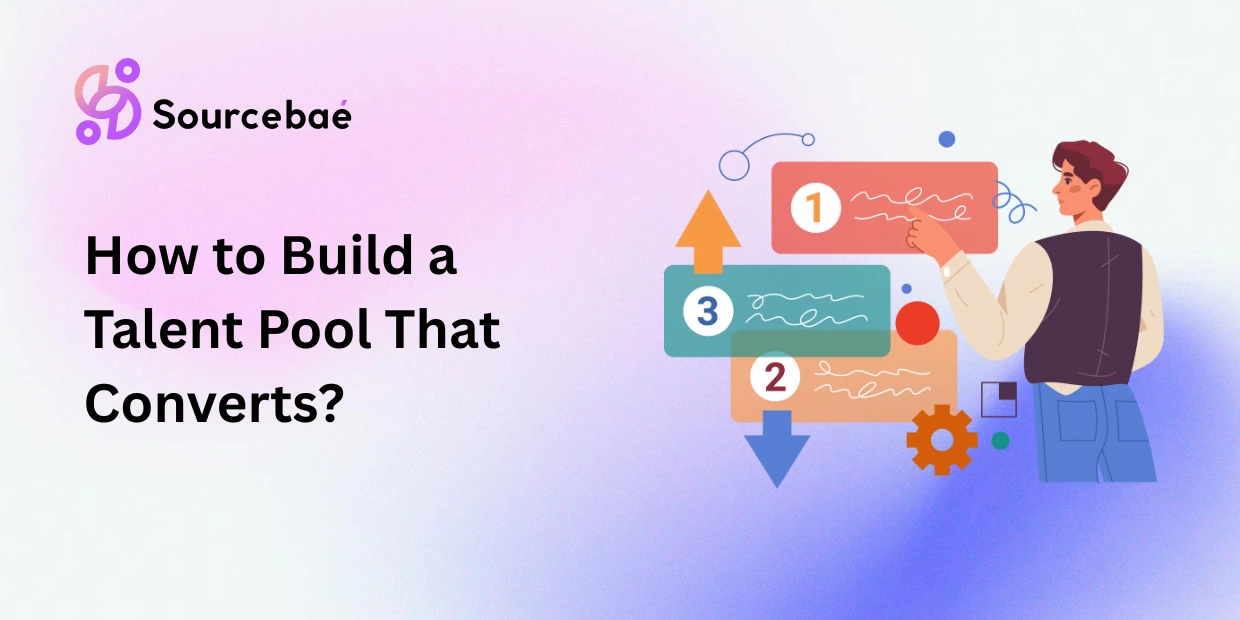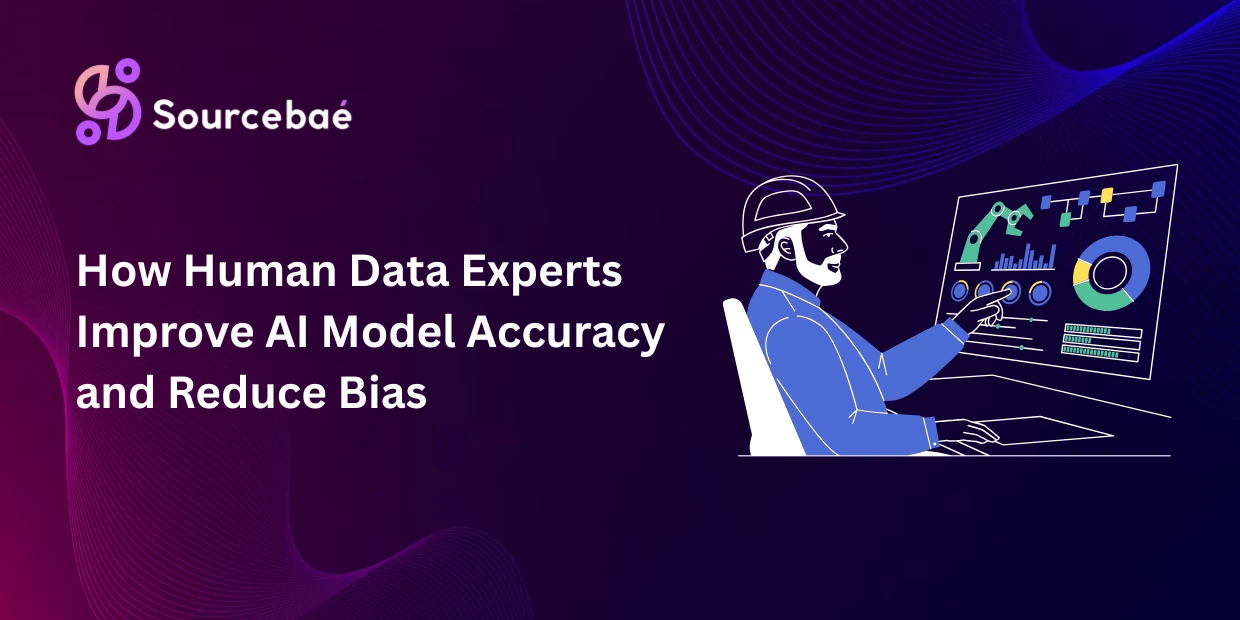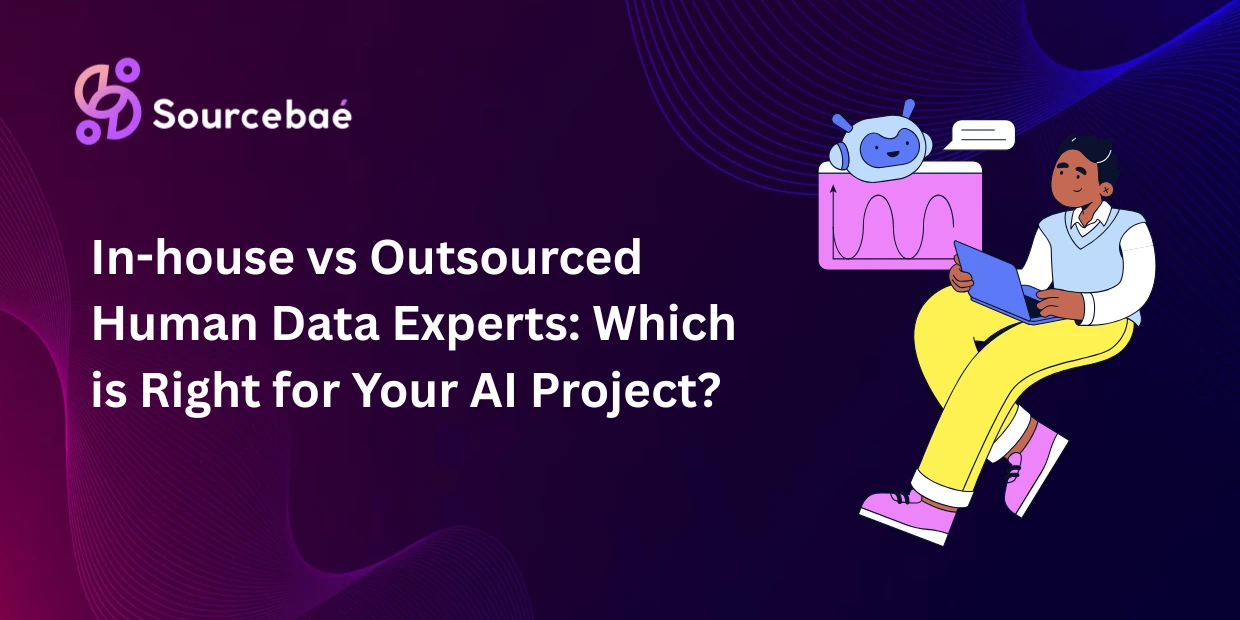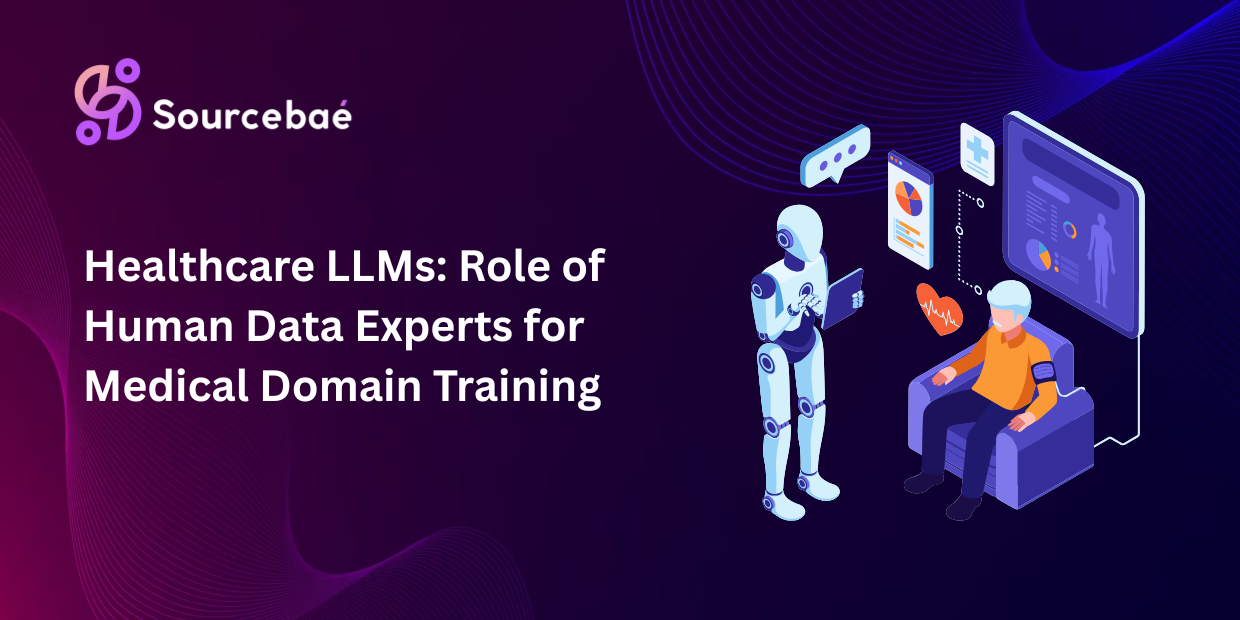Building a talent pool that consistently converts candidates into quality hires has become the cornerstone of successful recruitment in 2025. Organizations that master this approach reduce their time-to-hire by up to 50% while significantly improving the quality of their hires. This comprehensive guide explores proven strategies, essential tools, and measurable tactics to create a talent pipeline that delivers exceptional results.teambuildersearch+1
Understanding the Modern Talent Pool: Beyond Traditional Recruiting
A talent pool represents far more than a database of resumes. It’s a strategically curated network of engaged candidates who align with your organization’s current and future needs. Unlike passive candidate databases, effective talent pools require continuous nurturing, strategic segmentation, and relationship management to achieve meaningful conversion rates.aihr
The fundamental shift from transactional to relationship-based recruiting has transformed how organizations approach talent acquisition. Modern candidates expect personalized communication, transparent processes, and genuine value from their interactions with potential employers. This evolution demands a more sophisticated approach to talent pool management.iqtalent
Key Components of a High-Converting Talent Pool:
- Strategic segmentation based on skills, experience levels, and career aspirations
- Proactive engagement through relevant content and opportunities
- Continuous nurturing via personalized communication touchpoints
- Data-driven optimization using conversion metrics and candidate feedback
- Technology integration leveraging CRM platforms and automation tools
Strategic Foundation: Building Your Talent Pool Architecture
Workforce Planning and Future Skills Mapping
Successful talent pool development begins with comprehensive workforce planning. Organizations must identify critical roles and anticipate future skill requirements to build targeted candidate segments. This involves collaborating with department heads, analyzing industry trends, and forecasting growth patterns.accendotechnologies
Essential Planning Steps:
- Critical Role Analysis: Identify positions with highest business impact and difficulty to fill
- Skills Gap Assessment: Evaluate current capabilities against future requirements
- Market Intelligence: Research salary benchmarks, talent availability, and competition
- Succession Planning: Map internal advancement pathways and external talent needs
- Diversity Objectives: Establish inclusive sourcing strategies and representation goals
Defining Your Employee Value Proposition (EVP)
A compelling Employee Value Proposition serves as the foundation for talent attraction and conversion. Your EVP must authentically communicate what makes your organization unique while addressing the priorities of your target talent segments.universumglobal+1
Modern EVP Components:
- Career Development: Clear advancement pathways and skill-building opportunities
- Purpose and Impact: Meaningful work that aligns with personal values
- Flexibility: Hybrid work options and work-life integration
- Culture and Belonging: Inclusive environment and strong team dynamics
- Compensation and Benefits: Competitive packages and unique perks
- Innovation and Growth: Access to cutting-edge projects and learning opportunities
Advanced Sourcing Strategies: Where to Find Converting Candidates
Multi-Channel Sourcing Approach
Effective talent pool building requires diversified sourcing channels to reach both active and passive candidates. Each channel offers unique advantages and should be optimized for specific candidate personas.phenom
Primary Sourcing Channels:
Professional Networks (LinkedIn, Industry Platforms)
- Target passive candidates with proven track records
- Utilize advanced search filters and Boolean strings
- Engage through thought leadership content and industry insights
University and Alumni Partnerships
- Build relationships with top-tier educational institutions
- Sponsor hackathons, career fairs, and student competitions
- Maintain connections with high-potential graduates over time
Employee Referral Programs
- Leverage existing team networks for quality candidates
- Implement tracking systems and meaningful incentives
- Focus on cultural fit and proven performance indicators
Industry Events and Conferences
- Attend niche gatherings where target talent congregates
- Host workshops or speaking engagements to showcase expertise
- Build relationships through informal networking opportunities
Content Marketing and Thought Leadership
- Create valuable industry insights that attract quality candidates
- Optimize careers pages for search engine visibility
- Develop employee testimonials and culture content
Passive Candidate Engagement Tactics
Passive candidates represent 70% of the global workforce and often deliver higher quality hires. Converting these individuals requires sophisticated engagement strategies that provide value before requesting commitment.aihr
Proven Engagement Methods:
- Industry Insights: Share relevant market trends and career advice
- Skill Development: Offer webinars, workshops, or certification opportunities
- Network Building: Facilitate connections with industry peers and mentors
- Career Guidance: Provide personalized feedback and advancement strategies
- Company Culture: Showcase authentic workplace experiences and team dynamics
Conversion Optimization: Transforming Interest into Applications
Understanding Conversion Metrics and Benchmarks
Measuring conversion rates at each stage of your talent funnel provides critical insights for optimization. Industry benchmarks help establish realistic targets and identify improvement opportunities.findem+1
Key Conversion Metrics:
| Stage | Industry Benchmark | High-Performing Organizations |
|---|---|---|
| Sourced to Interested | 18-25% | 30-40% |
| Interested to Applied | 15-20% | 25-35% |
| Applied to Screened | 25-30% | 40-50% |
| Screened to Interviewed | 40-50% | 60-70% |
| Interviewed to Offered | 30-40% | 50-60% |
| Offered to Accepted | 80-85% | 90-95% |
Candidate Relationship Management (CRM) Excellence
Implementing sophisticated CRM practices transforms sporadic outreach into systematic relationship building. Effective CRM involves personalized communication, timely follow-ups, and value-driven interactions.oleeo+1
CRM Best Practices:
Personalized Communication
- Reference specific career achievements and interests
- Customize messaging based on candidate persona and career stage
- Maintain consistent tone and brand voice across all touchpoints
Timely and Relevant Outreach
- Respond to candidate inquiries within 24-48 hours
- Share opportunities aligned with stated career objectives
- Provide market insights and industry intelligence regularly
Value-First Approach
- Offer career advice and professional development resources
- Make introductions to industry contacts and potential mentors
- Share relevant job opportunities even when not immediately suitable
Technology Integration
- Utilize CRM platforms to track interaction history and preferences
- Implement automation for routine communications and follow-ups
- Integrate with ATS systems for seamless candidate progression
Streamlining the Application Process
Application abandonment rates can exceed 60% when processes are lengthy or complex. Optimizing the candidate experience from initial interest to final application significantly improves conversion rates.icims
Application Process Optimization:
- Mobile-First Design: Ensure seamless experience across all devices
- Progressive Information Gathering: Request only essential information initially
- Clear Timeline Communication: Set expectations for response times and next steps
- Multiple Application Options: Offer LinkedIn integration and resume uploads
- Status Updates: Provide regular communication about application progress
Technology and Tools: Enabling Scalable Conversion
CRM Platform Selection and Implementation
Choosing the right Candidate Relationship Management platform directly impacts your ability to scale personalized engagement. Modern CRM systems integrate sourcing, communication, and analytics capabilities.ismartrecruit+1
Essential CRM Features:
- Candidate Segmentation: Advanced filtering and tagging capabilities
- Email Automation: Drip campaigns and personalized messaging sequences
- Integration Capabilities: Seamless connection with ATS, job boards, and social platforms
- Analytics and Reporting: Comprehensive metrics and conversion tracking
- Mobile Accessibility: Full functionality across devices and locations
Top-Tier CRM Platforms:
- Bullhorn: Comprehensive solution with advanced relationship management
- Beamery: AI-powered talent pipeline optimization and candidate engagement
- Avature: Enterprise-grade platform with extensive customization options
- Lever: Modern interface with strong collaborative features
- SmashFly: Marketing-focused approach with brand management tools
Automation and AI Integration
Intelligent automation enhances recruiter productivity while maintaining personalized candidate experiences. Strategic automation focuses on routine tasks while preserving human touchpoints for relationship building.universumglobal
Automation Opportunities:
- Initial Outreach: Personalized but automated first contact messages
- Follow-Up Sequences: Systematic nurturing campaigns based on candidate actions
- Event Invitations: Automatic notifications for relevant webinars and career events
- Status Updates: Regular communication about application progress and timeline
- Content Sharing: Curated industry insights delivered based on candidate interests
Analytics and Performance Monitoring
Data-driven optimization requires comprehensive tracking and analysis of talent pool performance. Regular metric review identifies successful strategies and improvement opportunities.hirebee+1
Critical Analytics Components:
Source Attribution
- Track candidate origins to optimize sourcing investments
- Measure quality and conversion rates by source channel
- Calculate cost-per-hire and time-to-fill by sourcing method
Engagement Metrics
- Monitor email open rates, click-through rates, and response rates
- Track content consumption and event attendance
- Analyze social media engagement and referral patterns
Conversion Analysis
- Identify bottlenecks in the candidate journey
- Compare performance across different candidate personas
- Measure impact of process improvements and optimization efforts
Employer Branding: Creating Magnetic Attraction
Authentic Brand Development
Strong employer branding increases qualified applicant flow by 50% and reduces turnover by 28%. Authentic branding requires alignment between internal culture and external messaging.aihr+1
Brand Development Elements:
Culture Documentation
- Define core values and behavioral expectations
- Document authentic employee experiences and testimonials
- Identify unique differentiators and competitive advantages
Visual Identity
- Develop consistent design language across all recruitment materials
- Create branded templates for job postings and communication
- Ensure mobile-optimized and accessible design standards
Content Strategy
- Produce employee-generated content showcasing authentic experiences
- Share behind-the-scenes glimpses of daily work life and team dynamics
- Highlight career progression stories and professional development opportunities
Multi-Channel Brand Activation
Effective employer branding requires coordinated messaging across multiple touchpoints. Each channel should reinforce your core value proposition while accommodating platform-specific best practices.talentech+1
Primary Brand Channels:
Company Website and Careers Page
- Optimize for search engine visibility and mobile experience
- Feature employee testimonials and culture videos prominently
- Include clear application pathways and contact information
Social Media Presence
- LinkedIn: Professional content, employee spotlights, and industry insights
- Instagram: Behind-the-scenes content and team celebration moments
- Twitter: Thought leadership, industry news, and company updates
- TikTok: Creative culture content targeting younger demographics
Industry Presence
- Conference speaking engagements and panel participation
- Industry publication contributions and thought leadership articles
- Professional association membership and community involvement
Measuring Success: KPIs and Continuous Improvement
Essential Talent Pool Metrics
Tracking the right metrics enables data-driven optimization and demonstrates recruitment ROI. Focus on leading indicators that predict successful outcomes rather than lagging measures alone.workable+1
Core Performance Indicators:
| Metric Category | Specific Measures | Target Benchmarks |
|---|---|---|
| Pipeline Health | Active candidates per open role | 3-5:1 ratio |
| Engagement Quality | Email response rates | 15-25% |
| Conversion Efficiency | Application-to-hire ratio | 20-30:1 |
| Time Metrics | Average time from source to hire | 30-45 days |
| Quality Measures | 90-day retention rates | 85-95% |
| Cost Effectiveness | Cost per quality hire | Industry benchmarks |
Continuous Optimization Framework
Regular assessment and refinement ensure your talent pool strategy remains effective as market conditions evolve. Implement quarterly reviews and annual strategic planning cycles.aihr+1
Optimization Process:
Monthly Tactical Reviews
- Analyze conversion rates and identify immediate improvement opportunities
- Review candidate feedback and adjust messaging approaches
- Assess sourcing channel performance and budget allocation
Quarterly Strategic Assessment
- Evaluate overall talent pool health and pipeline coverage
- Review employer brand perception and market positioning
- Update candidate personas based on successful hire profiles
Annual Strategic Planning
- Align talent pool strategy with organizational growth plans
- Assess technology needs and platform capabilities
- Set objectives and resource allocation for the following year
Implementation Roadmap: Getting Started
Phase 1: Foundation Building (Months 1-3)
Technology Setup
- Select and implement CRM platform with necessary integrations
- Configure tracking systems and analytics dashboards
- Establish data governance and privacy compliance protocols
Process Development
- Document candidate journey and touchpoint mapping
- Create communication templates and automated sequences
- Develop screening criteria and evaluation frameworks
Team Training
- Train recruiters on CRM platform usage and best practices
- Establish communication standards and response time expectations
- Implement feedback loops and continuous improvement processes
Phase 2: Launch and Optimization (Months 4-6)
Active Sourcing Initiation
- Begin systematic candidate identification and outreach
- Launch employer branding campaigns across target channels
- Implement referral programs and internal advocacy initiatives
Engagement Program Activation
- Start content marketing and thought leadership initiatives
- Host virtual events and networking opportunities for talent pool members
- Begin personalized nurturing campaigns based on candidate segments
Performance Monitoring
- Track initial conversion metrics and identify optimization opportunities
- Gather candidate feedback through surveys and informal conversations
- Adjust messaging and processes based on early performance data
Phase 3: Scale and Refinement (Months 7-12)
Advanced Segmentation
- Develop sophisticated candidate personas based on successful hire data
- Implement predictive scoring models to prioritize high-potential candidates
- Create specialized nurturing tracks for different candidate types
Process Automation
- Expand automation capabilities while maintaining personalization
- Integrate additional data sources for enhanced candidate intelligence
- Implement advanced analytics and reporting capabilities
Strategic Integration
- Align talent pool strategy with broader business objectives
- Develop succession planning and internal mobility programs
- Establish partnerships with educational institutions and industry organizations
Conclusion: Building Your Competitive Advantage
Creating a talent pool that consistently converts requires strategic thinking, technological sophistication, and unwavering commitment to candidate experience. Organizations that master this approach gain significant competitive advantages through reduced hiring costs, improved quality of hire, and enhanced employer reputation.
The key to success lies in treating talent pool development as a long-term investment rather than a short-term solution. By implementing the strategies outlined in this guide—from comprehensive workforce planning to advanced CRM practices—you’ll build a sustainable talent pipeline that supports organizational growth and adaptation.
Remember that building an effective talent pool is an iterative process requiring continuous refinement and optimization. Stay focused on providing genuine value to candidates while maintaining authentic employer branding. With patience, persistence, and strategic execution, your talent pool will become a powerful engine for recruitment success and organizational growth.
The future belongs to organizations that proactively build relationships with quality talent before hiring needs arise. Start building your converting talent pool today, and transform your recruitment capabilities for sustainable competitive advantage.






